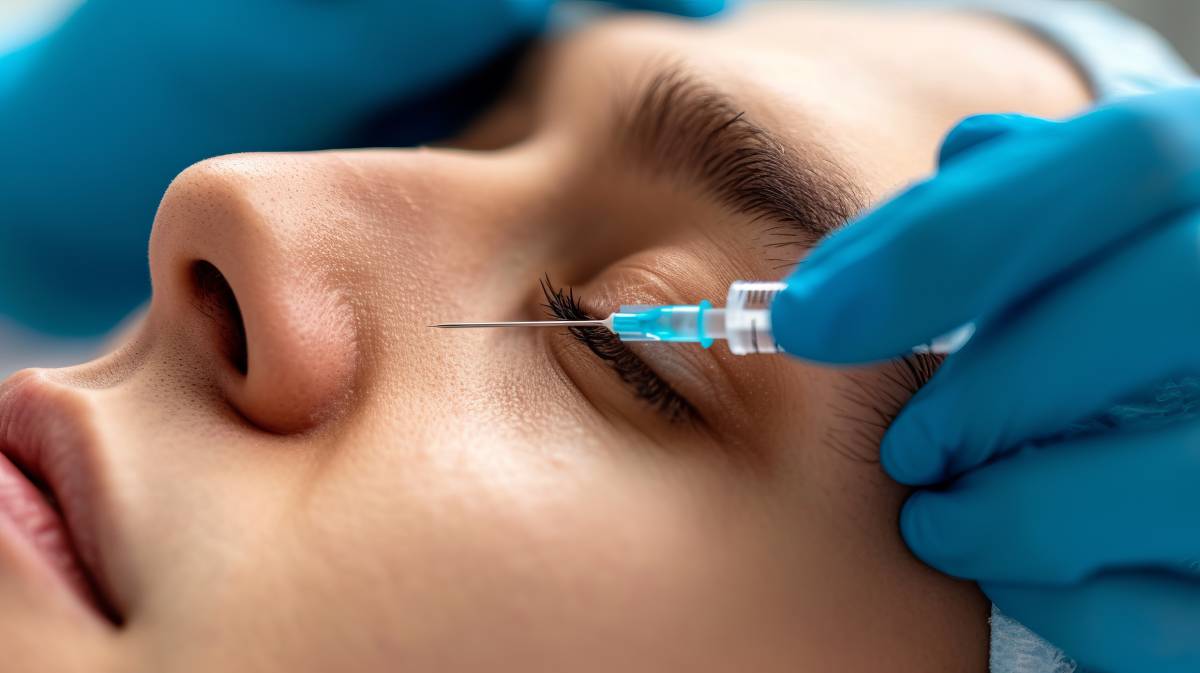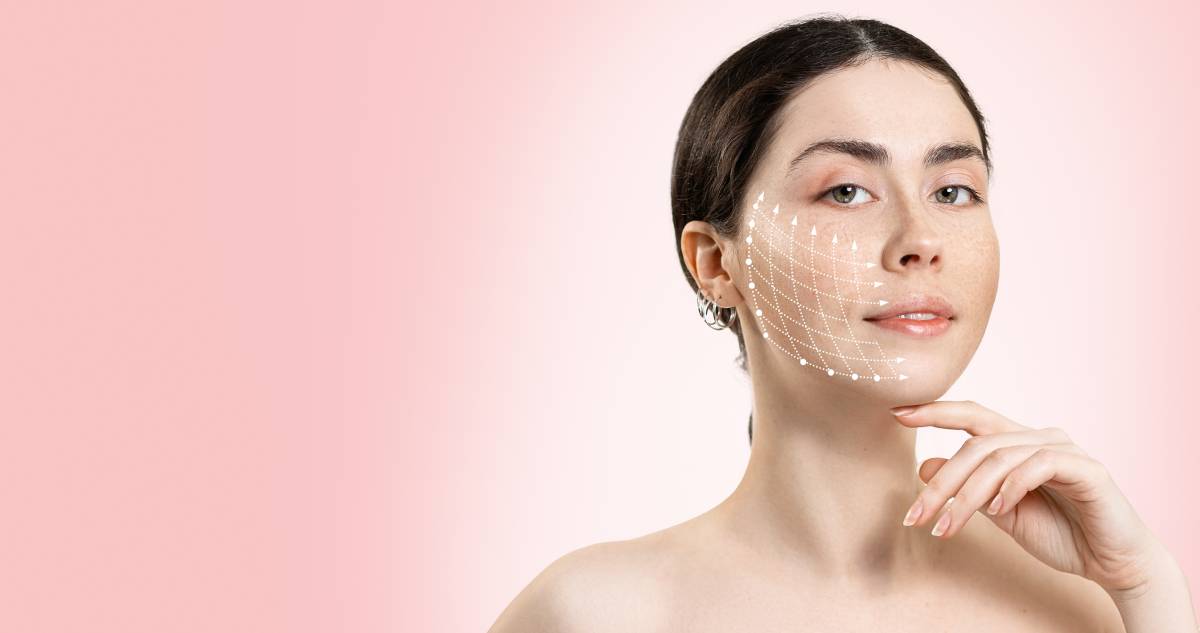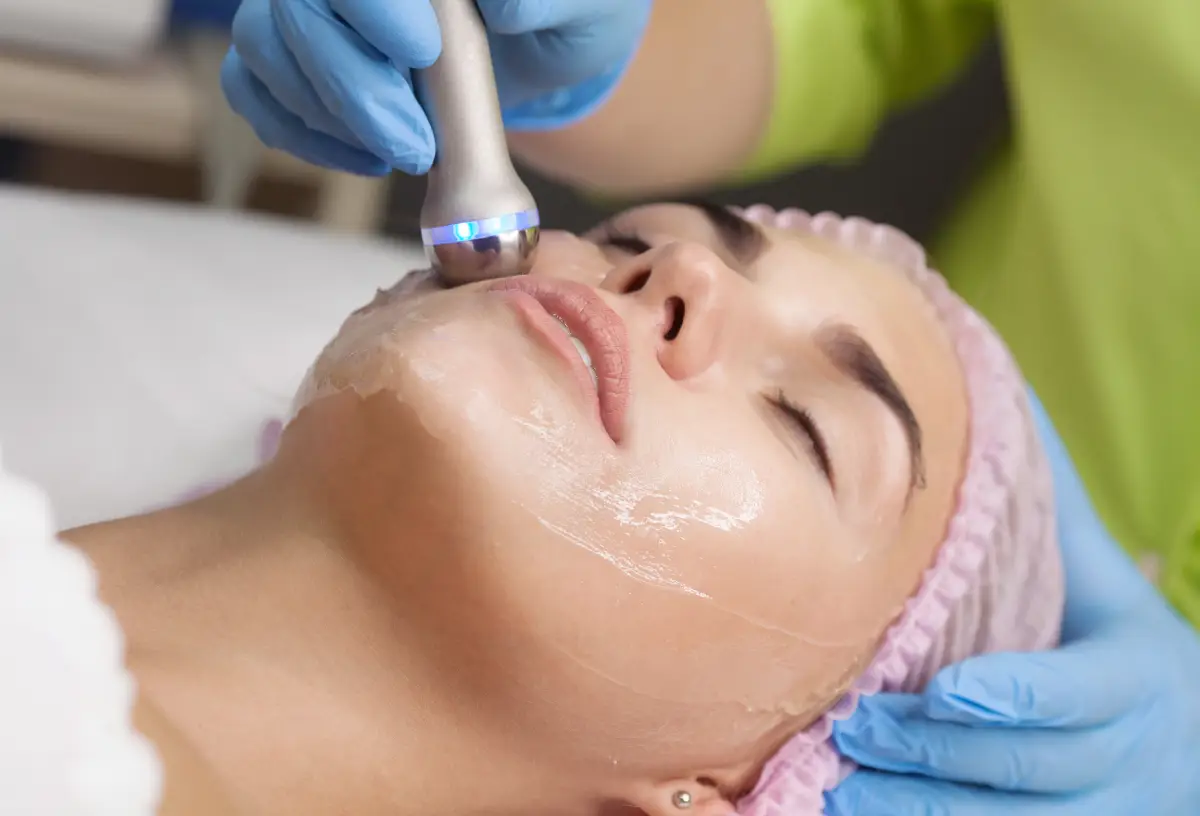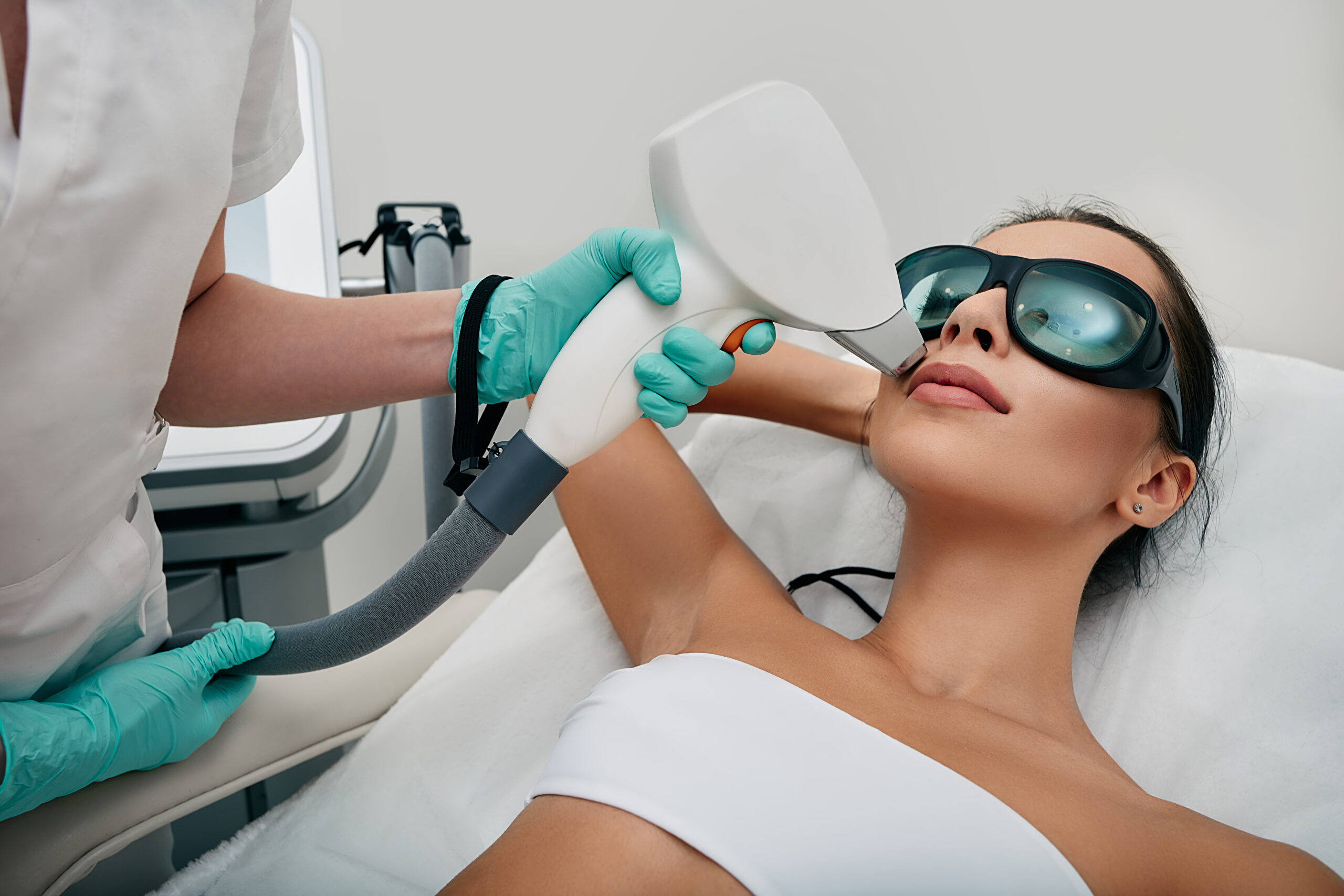Introduction
The longing for a more youthful and rejuvenated complexion often leads individuals to opt for non-invasive cosmetic treatments, which necessitate minimal recovery while yielding remarkable enhancements. One such procedure that has gained prominence is the PDO Max Thread Lift. While it’s hailed for its ability to lift and tighten sagging skin without surgery, it’s essential to recognize the potential risks and side effects associated with this treatment.
Understanding PDO Max Thread Lift
The PDO Max Thread Lift is a minimally invasive cosmetic procedure that elevates and tightens lax facial and bodily tissues by using specialized polydioxanone (PDO) threads. These biodegradable threads are strategically inserted into the skin using fine needles, stimulating the production of collagen and consequently achieving a lifting effect.
Key Characteristics:
- Polydioxanone (PDO) Threads: Biodegradable sutures have been used in surgeries for decades.
- FDA-Approved: PDO threads have been approved by the FDA for lifting facial and body tissues.
- Versatility: Can be used for various areas, including the face, neck, abdomen, and thighs.
How PDO Max Thread Lift Works
Procedure Outline:
- Consultation: During the initial consultation, a practitioner assesses the patient’s suitability and discusses their aesthetic goals.
- Anesthesia: Local anesthesia or topical numbing cream is applied to minimize discomfort.
- Thread Insertion: PDO Max threads are inserted into predetermined areas using fine needles or cannulas.
- Lifting and Tightening: The threads are pulled to lift the sagging tissues, providing an immediate lifting effect.
- Stimulation of Collagen Production: Over the next few months, the PDO threads stimulate collagen synthesis, leading to improved skin texture and firmness.
Types of PDO Threads:
- Mono Threads: Stimulate collagen production, ideal for tightening.
- Cog Threads: Have barbs that lift sagging tissues effectively.
- Screw Threads: Provide volume to sunken or hollow areas.
Benefits of PDO Max Thread Lift
Non-Surgical and Minimally Invasive
- No Surgery Required: Unlike traditional facelift surgery, the PDO Max Thread Lift requires no incisions, sutures, or general anesthesia.
- Minimal Downtime: Most patients heal quickly and are back to their regular routines in a few days.
Immediate and Progressive Results
- Instant Lift: Following the treatment, the threads’ lifting effect is instantly noticeable, providing instant satisfaction.
- Gradual Improvement: As the PDO threads stimulate collagen production, the skin continues to improve in firmness and texture over the following months.
Natural-Looking Results
- Subtle Enhancement: The procedure offers a gentle lift that maintains the natural contours of the face, avoiding an overly tight or “done” appearance.
- Tailored to Individual Needs: The threads can be strategically placed to target specific areas based on the patient’s unique facial structure and aesthetic goals.
Collagen Stimulation
- Skin Rejuvenation: The threads stimulate the production of collagen and elastin, leading to healthier, more elastic skin over time.
- Long-Term Benefits: Improved collagen levels contribute to smoother skin, less wrinkles, and fuller-looking sunken regions.
Versatility in Application
- Facial Areas: Can address various facial concerns, including sagging cheeks, jowls, nasolabial folds, and eyebrow lift.
- Body Treatments are effective for tightening and lifting loose skin on the neck, arms, thighs, and abdomen.
Customizable Procedure
- Choice of Threads: Multiple thread types (mono, cog, screw) offer versatility to match different treatment goals.
- Combination Treatments: For comprehensive facial rejuvenation, combination treatments can be combined with other non-surgical procedures like dermal fillers, Botox, or microneedling.
Longevity of Results
- Durable Effects: The duration of the results varies from 12 to 18 months, contingent on personal characteristics, including age, way of life, and skin type.
- Repeatability: The procedure can be repeated to maintain or enhance results over time.
Low Risk of Complications
- Safe Material: PDO threads have been used in surgical sutures for decades and are biocompatible and biodegradable.
- Minor Side Effects: Common side effects like bruising and swelling are generally mild and resolve within a week.
Cost-Effective Alternative
- Lower Cost: The PDO Max Thread Lift is more affordable than traditional facelift surgery due to reduced procedure time, anesthesia, and hospital fees.
Boosts Confidence
- Enhanced Appearance: The procedure helps patients feel more youthful and confident by addressing visible signs of aging.
- Improved Quality of Life: A refreshed appearance can positively impact personal and professional interactions.
Common Risks and Side Effects of PDO Max Thread Lift
Immediate Side Effects
- Bruising and Swelling: Mild to moderate bruising and swelling around the insertion sites, typically subsiding within a week.
- Pain and Discomfort: Mild pain or tenderness around treated areas, resolving within a few days to a week.
- Redness and Inflammation: Mild redness and localized inflammation at thread insertion points, clearing up within a few days.
- Skin Tightness: Tightness or tension in treated areas, usually resolving in 1-2 weeks.
Potential Complications
- Thread Migration: Threads may shift from their original placement, causing asymmetry.
- Thread Extrusion: Part of the thread may protrude through the skin, requiring trimming or replacement.
- Dimpling or Rippling: Uneven skin surface due to improper thread placement or tension.
- Infection: If proper sterilization protocols are not followed, there may be increased redness, swelling, or pus at the insertion sites.
- Nerve Damage: Rare but possible damage to facial nerves if threads are inserted too deeply.
- Allergic Reaction: Although rare, some individuals may have an allergic reaction to PDO threads.
- Granuloma Formation: Small nodules or lumps due to inflammation or a foreign body reaction.
- Scarring: Rare but possible in individuals prone to keloids or hypertrophic scars.
Delayed Side Effects
- Prolonged Swelling: Swelling that persists beyond two weeks.
- Asymmetry: Uneven results if threads are placed asymmetrically or if one side of the face responds differently.
Factors Contributing to Risks
Practitioner Expertise
- Experience and Training: Practitioners without adequate training may be more prone to procedural errors.
- Technique: Incorrect thread placement can result in asymmetry or dimpling.
Patient Health and Skin Condition
- Pre-existing Skin Conditions: Irritation and inflammation are more likely in people with psoriasis and eczema.
- Medical History: Certain medical conditions can elevate the risk of complications.
- Age and Skin Elasticity: Significant skin laxity in older patients can lead to unsatisfactory results.
Thread Quality and Type
- Thread Quality: Inferior quality threads may break or migrate, causing complications.
- Thread Type: When using the correct type of thread services, more than ideal results may occur.
Procedure Environment
- Sterile Environment: Non-sterile conditions can lead to infection.
- Tools and Equipment: Improperly sterilized equipment increases the risk of infection.
Post-Procedure Care
- Patient Compliance: Not following aftercare instructions can raise the risk of complications.
- Activity Restrictions: Resuming strenuous activities too soon can interfere with thread healing.
Other Contributing Factors
- Lifestyle Habits: Smoking and poor diet impair healing and collagen production.
- Medications and Supplements: Certain medications and supplements will make individuals more prone to bruises and bleeding.
Minimizing Risks and Side Effects
Choosing a Qualified Practitioner
- Board-Certified Expert: Ensure the practitioner is certified in cosmetic procedures.
- Portfolio Review: Look for before-and-after photos of previous patients.
- Patient Reviews and Testimonials: Check online reviews and patient feedback.
Pre-Procedure Precautions
- Medical History Assessment: Disclose all health issues and medications to the practitioner.
- Skin Preparation: Follow the practitioner’s guidelines for pre-procedure skin preparation.
Post-Procedure Care
- Avoid Makeup and Skincare Products: Wait at least 24 hours before using skincare products or cosmetics.
- Ice Packs for Swelling: Apply ice packs to reduce swelling and bruising.
- Sleeping Position: Sleep on your back with the head elevated to minimize swelling.
- Avoid Strenuous Activities: Skip intense workouts for at least a week.
- Follow-Up Appointments: Attend scheduled follow-ups for assessment.
Conclusion
The PDO Max Thread Lift is a safe procedure, but understanding potential risks and side effects is crucial for informed decision-making and minimizing complications. At Savvy Chic Medspa, we offer PDO Max Thread Lifts, minimally invasive procedures using fine threads to lift sagging skin, stimulate collagen, and deliver long-lasting rejuvenation while helping you avoid potential risks and side effects connected with more invasive treatments. Unlock a rejuvenated, youthful appearance with our PDO Max Thread Lifts, which lift, tighten, and smooth your skin for stunning, long-lasting results.





